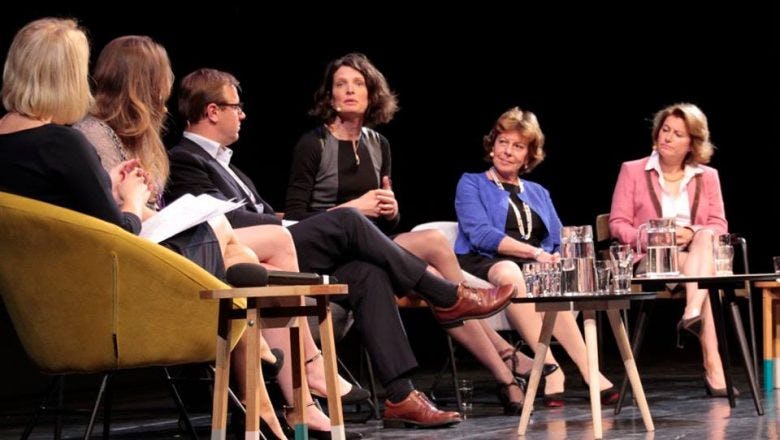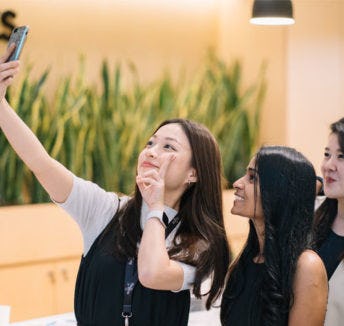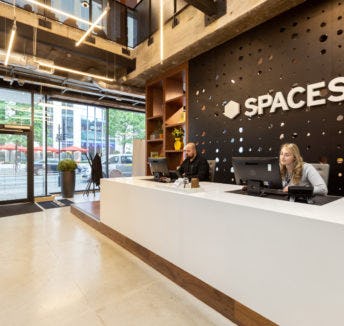
Last month we released an article on ageism in the workplace. It’s a global problem that many workers face as they get older, and it has an adverse affect on their ability to switch careers, find another job when laid off, and struggle with a wave of younger people in the workforce. However, there is always a gendered nuance to these sort of things. Older women experience bias on three fronts: sexism, ageism, and lookism. Some experience one of these, some women experience two, and if they’re really unlucky, all three.
Workplaces are already difficult to navigate with its distinctive gender bias. Men generally get paid more, are favoured for higher up positions, and men continue to dominate boards and chairs. But another facet of sex discrimination in the workforce that isn’t often not talked about, is that age discrimination also begins a lot earlier for women than it does for men. It is estimated that on average men start to experience age-based discrimination in the workforce at 45 years old, whereas women start experiencing it at the age of 40.
BARRIERS TO RE-ENTERING THE WORKFORCE
We live in a society that puts immense value on a woman’s attractiveness and her ability to have children. Once these two traits diminish with age, women struggle to remain relevant, despite having plenty of working experience and insightful knowledge. When it’s time to make cutbacks and redundancies in the company, older people generally are the first to face the chopping block. This statistic is even higher for older women. This bias also poses a problem for women who are trying to re-enter the workforce after taking time off for whatever reason, be it childcare or assistive care for other family members, or even just changing from one job to another. A university study in the US found that it was much harder for older women to find employment than older men. They found that responses for older women were far lower than that of younger women. The response rate for young male applicants and their older counterparts were more or less the same.
THE RISE OF FLEX WORK AND PART TIME
As a working culture, we’ve been moving more and more towards flex work and remote work, something that can benefit older women who still have care duties or difficult timetables. A Boston College study noted that a majority of older women would prefer flexible working. There has been a noted rise of women rejoining the workforce after a significant unemployment gap in order to help with savings, retirement funds, and their family’s social security. It’s not hard to pair the two. Re-entering the workforce can also prove to be a valuable lifeline for women who are divorcing a long term partner, after being a stay at home mother.
TACKLING THE ISSUE
But how do you tackle an issue that appears to be so rooted in society? There are plenty of articles that talk about the importance of embracing older women in the workplace. Especially now, with many countries in the world experiencing issues of an aging population, older women are now needed more than ever. So if you see age based discrimination at work (or any discrimination, for that matter), speak up and report it. And if you’re an employer searching for new hires and an application from a lady of a certain age drops on your desk, offering an interview can go a long way.
Share this article
 Read now NYC times three – wrapping up the year with a trio of launches before 2020.
Read now NYC times three – wrapping up the year with a trio of launches before 2020.
 Read now Moving the magic to Milton Keynes
Read now Moving the magic to Milton Keynes